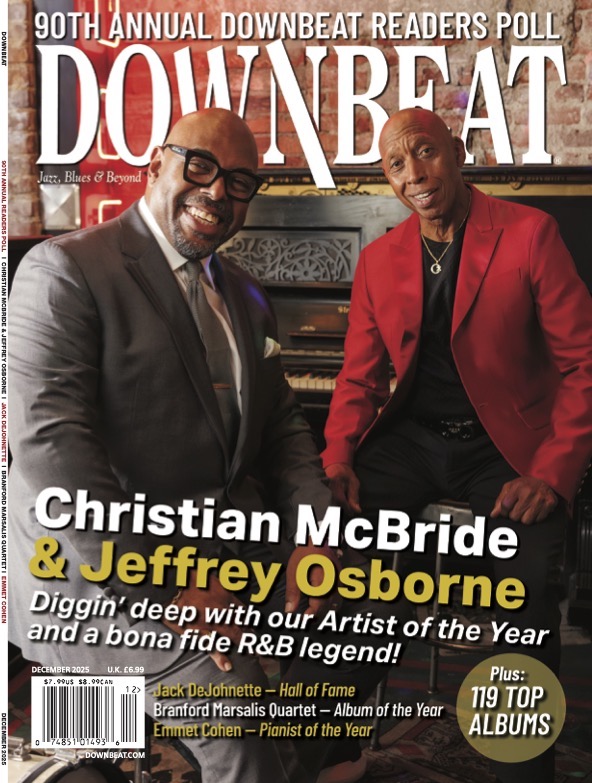Oct 28, 2025 10:47 AM
In Memoriam: Jack DeJohnette, 1942–2025
Jack DeJohnette, a bold and resourceful drummer and NEA Jazz Master who forged a unique vocabulary on the kit over his…
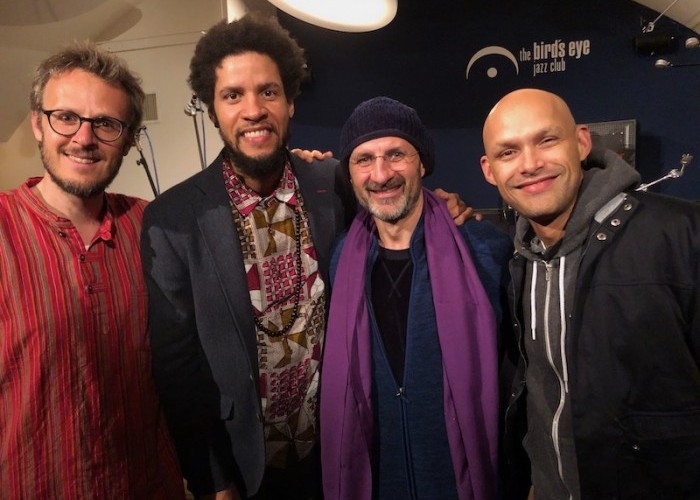
From left, Demian Cabaud, Ariel Bringuez, Jorge Rossy and Miguel Zenón interpret the music of the Ornette Coleman Quartet on Law Years.
(Photo: Courtesy Ariel Bringuez)Once, when alto saxophonist Miguel Zenón was working as Charlie Haden’s sideman, Ornette Coleman joined his former bassist on stage for an encore. Decades before, these two players had spearheaded the free-jazz movement as founding members of Coleman’s revolutionary quartet.
“That was the only time I ever saw them play together,” Zenón remarked during an interview from his Manhattan home. “There are so many thoughts that went through my mind, seeing these older musicians recreate something that I grew up with.”
According to Zenón, the Ornette Coleman Quartet’s 1959 recording The Shape Of Jazz To Come (Atlantic) had exerted a strong influence on his development as a young player. Today, he acknowledges that legacy with the live recording Law Years (Miel Music), seven tracks culled from material Coleman wrote for that legendary group with Haden, trumpeter Don Cherry and drummer Billy Higgins.
“There’s a voice there I can connect with,” Zenón said. “Ornette played the alto, so that’s an immediate connection for me. Also, there’s an element of folkloric energy to his music, and I relate to that. It’s the purest form of musical expression: music made for the sake of communicating an idea.”
Like Coleman, Zenón is a monster improviser, forward-looking composer and prolific leader. Besides touring with Hayden (“one of the greatest things that ever happened to me,” he said), Zenón has gigged alongside a slew of jazz notables: Danilo Pérez, Kurt Elling, Fred Hersch and David Sánchez among them. He’s a founding member of the SFJAZZ Collective in San Francisco and a prominent jazz educator. Beyond that, he’s earned eight Grammy nominations and taken home MacArthur and Guggenheim grants.
Curiously, the new album happened by chance. In June 2019, Zenón was in Basel, Switzerland, teaching jazz clinics, performing with the Swiss Jazz Orchestra and leading a four-night stint at the Bird’s Eye Jazz Club. This residency featured a different roster each night: a duo with guitarist Wolfgang Muthspiel, a student ensemble, his eponymous New York-based quartet and an ad hoc ensemble formed for just one date.
“[The organizers] suggested that I put together a band that’s already in Europe because it would be easier to get them to Switzerland,” Zenón recalled. He seized the opportunity to hire some admired players: tenorist Ariel Bringuez, drummer Jorge Rossy and bassist Demian Cabaud. They had never played together as a group, but the instrumentation triggered an idea. They would do Ornette, Zenón decided.
By the time Coleman recorded The Shape Of Jazz To Come with his new quartet, he had started to experiment with chord-less melody and deep, open expression. This is the sound that Zenón wanted to capture on the gig.
“Coleman was a revolutionary guy,” Zenón said. “He was hearing things that no one else was. I still listen to him now and think, ‘Man, how could this guy come up with that?’ He was such an original thinker.”
On the recording, Zenón and his cohorts tap into Coleman’s musical insight on tunes like “The Tribes Of New York,” with its crisp, single-line choruses and energizing solos, and “Free,” a wilder, less consonant foray into horn-led abandon. Next, the title cut, a dramatic head full of sinuous turns, lends itself to extended solos that serve to establish each player’s autonomous aesthetic.
On the album’s subsequent tracks, Zenón directs the quartet into alternate feels, with the swing-based “Giggin’,” one of Coleman’s first compositions sans piano; the sleepy ballad “Broken Shadows,” featuring an arco bass and elegiac horn line; and the simple air of “Dee Dee,” an exercise in contrapuntal exuberance crafted around a narrow tonal center.
Zenón closes the album with a shifting medley of two disparate Coleman tunes; one half of the band plays the swinging, melodic “Toy Dance,” and the other plays the chaotic, out-of-time “Street Woman.” This surprising juxtaposition not only speaks to the distinctiveness of Coleman’s mid-career efforts, but to the excitement of the band’s spontaneous cohesion.
Zenón had been deliberate in choosing these particular bandmates. “Everyone in the band is a Spanish speaker [from a different country],” he said. “We all grew up with music that wasn’t jazz, but found our way into music through jazz. I can hear the fellowship, the camaraderie, in this.”
It was the band that urged Zenón to release the gig recording as a live album. He hadn’t planned to, but the pandemic caused him to reconsider: “This is one of the things that found its light within all of this darkness.” DB
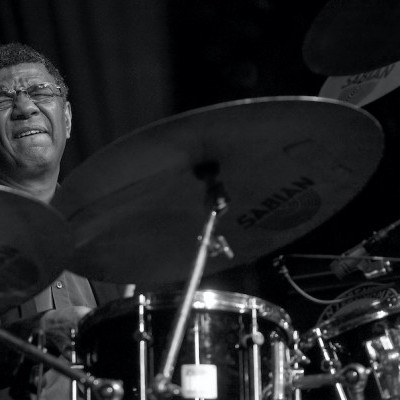
Jack DeJohnette boasted a musical resume that was as long as it was fearsome.
Oct 28, 2025 10:47 AM
Jack DeJohnette, a bold and resourceful drummer and NEA Jazz Master who forged a unique vocabulary on the kit over his…
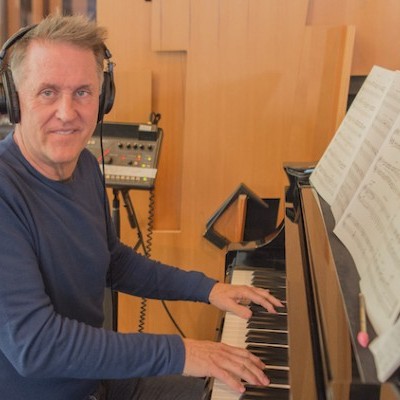
Goodwin was one of the most acclaimed, successful and influential jazz musicians of his generation.
Dec 9, 2025 12:28 PM
Gordon Goodwin, an award-winning saxophonist, pianist, bandleader, composer and arranger, died Dec. 8 in Los Angeles.…

D’Angelo achieved commercial and critical success experimenting with a fusion of jazz, funk, soul, R&B and hip-hop.
Oct 14, 2025 1:47 PM
D’Angelo, a Grammy-winning R&B and neo-soul singer, guitarist and pianist who exerted a profound influence on 21st…
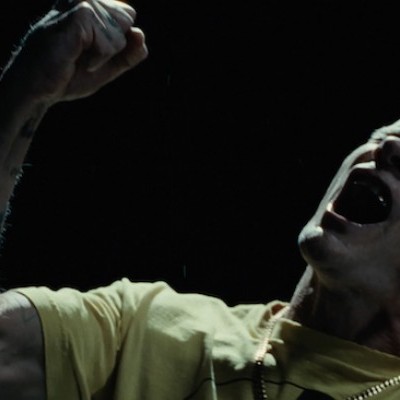
Flea has returned to his first instrument — the trumpet — and assembled a dream band of jazz musicians to record a new album.
Dec 2, 2025 2:01 AM
After a nearly five-decade career as one of his generation’s defining rock bassists, Flea has returned to his first…

To see the complete list of nominations for the 2026 Grammy Awards, go to grammy.com.
Nov 11, 2025 12:35 PM
The nominations for the 2026 Grammy Awards are in, with plenty to smile about for the worlds of jazz, blues and beyond.…

